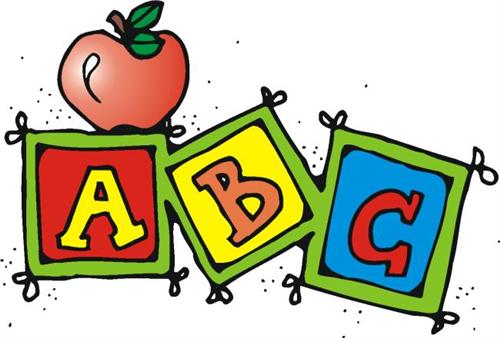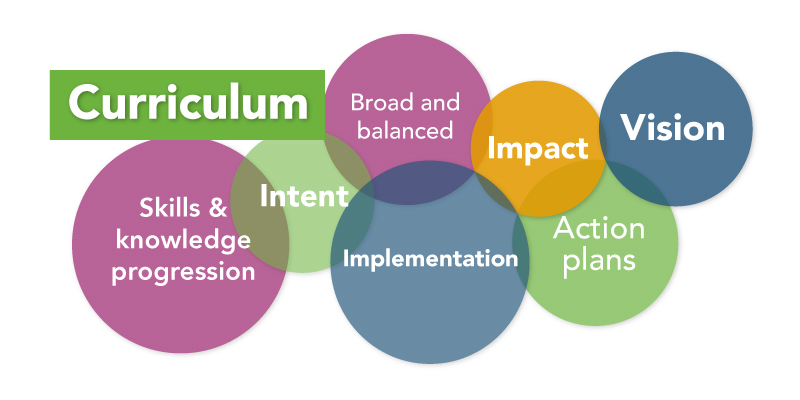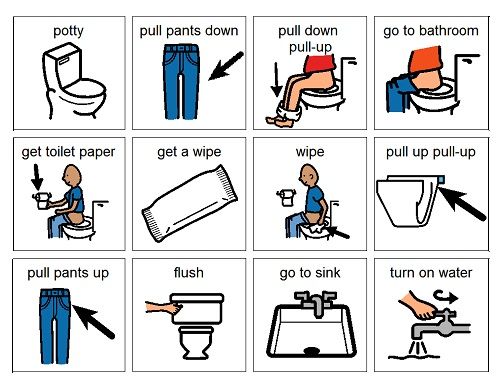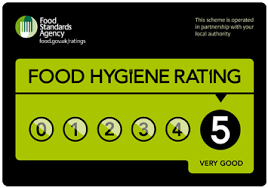
Koala Phonics page
At Koala Nursery we believe in introducing phonics to children progressively according to thier age and stage of development. We embed this through high quality interactions with children through purposeful play.
Please see our Phonics policy for more information:
Phonics Policy
Introduction
At Koala Day Nursery we strive to ensure that all children become successful, readers and are ready for their next learning journey: at school. We believe this is achievable through a combination of high quality, discrete phonics teaching, combined with a whole language approach that promotes a reading for pleasure culture.
The Rose Report (2016) emphasised high quality phonics as an important part of the words decoding skills required by children to develop higher level whole language and comprehensions skills.
This policy is aimed at reinforcing a consistent, high quality approach to the teaching or exposure of phonics across the Early Years Foundation Stage (EYFS).
Aims
- To deliver high quality phonics teaching which secures the crucial skills of word recognition which, once mastered, enable children to read fluently and automatically to enable them to concentrate on the meaning of the text
- To ensure that a rigorous and sequential approach to the reading curriculum develops fluency, confidence and enjoyment in reading.
- To give children word work strategies that will enable them to become fluent readers and confident early writers
Phonics Teaching and Learning Structure
EYFS
Phonics is taught through discrete phonics lessons in daily, 20 minute activities. Children will be split into smaller groups for effective educating. Phonics skills are embedded in reading and writing tasks in Literacy sessions, and continuous provision in EYFS support children in consolidating their phonic knowledge.
Phase 1
Phonics teaching is focused on Phase 1 – concentrating on developing children’s speaking and listening skills and lays the foundations for the phonics work that starts in Phase 2. The emphasis during Phase 1 is to get the children attuned to the sounds around them and ready to begin developing oral blending and segmenting skills. Phase 1 is divided into seven aspects:
- Aspect 1 – Environmental Sounds
- Aspect 2 – Instrumental Sounds
- Aspect 3 – Body Percussion
- Aspect 4 – Rhythm and Rhyme
- Aspect 5 – Alliteration
- Aspect 6 – Voice Sounds
- Aspect 7 – Oral Blending and Segmenting Each aspect contains three strands:
- Tuning into sounds (auditory discrimination)
- Listening to and remembering (auditory memory and sequencing)
- Talking about sounds (developing vocabulary and language comprehension)
- Our 2-3 s room are introduced to Phase 1 phonics. They are introduced to phase 2 on transition to the 3-5s room.
Phase 2
In Phase 2, letters and their sounds are introduced one at a time. A set of letters in introduced each week, in the following sequence:
Set 1: s, a, t, p.
Set 2: i, n, m, d.
Set 3: g, o, c, k.
Set 4: ck, e, u, r.
Set 5: h, b, f, ff, l, ll, ss.
The children will begin to learn to blend and segment to help begin reading and spelling. This will begin with simple words. Alongside this, children are introduced to Common Exception Words – words that are irregular and cannot be decoded using phonics.
If children are competent with phase 1 and phase 2, only then will staff move onto phase 3. If this is not the case, these phases will be repeated so that children can recall the sounds.
Phase 3
By the time the children reach Phase 3, they should be secure with blending and segmenting words containing the 19 letters in Phase 2.
Set 6: j, v, w, x
Set 7: y, z, zz, qu
Consonant digraphs: ch, sh, th, ng
Vowel digraphs: ai, ee, igh, oa, oo, ar, or, ur, ow, oi, ear, air, ure, er
|
oa ow oe o-e |
ing endings |
|
oo ew ue |
alternative spellings ai |
|
ou ow |
alternative spellings c |
|
oi oy |
alternative spellings ee |
|
ir |
alternative spellings ch |
|
or au aw |
alternative spellings igh |
|
wh |
alternative spellings f |
|
ph |
alternative spellings oa |
|
|
alternative spellings m |
At Koala day nursery, we believe in children learning through play. For this reason our phonics will be embedded between early years planned activities. However, we do have a letter of the week for the 3-5s room so that phase 2 phonics will be easier for them to grasp.
|
Adopted and reviewed in February 2021 |
By Abdo |
|
Next review date |
February 2022 |
We use Jolly phonics and Letters and Sounds programme to help effectively teach children phonics.
We choose Jolly phonics because it is :
- Systematic teaching of phonics, grammar, spelling and punctuation across different ages
- Teaching is multi-sensory and active, with fun actions, stories and songs
- Independent research supports the outstanding results achieved around the world with the programme
- Continues to revise and extend children’s phonic knowledge
- Flexible and easy to implement in our nursery
- Developed by teachers for teachers
Please see parents phonics guides for information on how you could help your child at home
Phase 1 Phonics:
A Step-by-Step Guide for Parents
This step-by-step explanation to phase 1 phonics can help you support your child’s learning at home. Each
subject is broken down into manageable chunks, providing you with a simple guide to follow when exploring
phonics together, either as part of homework or if you decide to give your child some extra support. Whether
your child is exploring the sounds around them, identifying indoor and outdoor noises and joining in with action
songs, or they are beginning to use sound talk and blending of simple CVC words (cat, dog, tap), you will find a
step that matches where your child is at, then have ideas for where to go next.
Within this area of the website, you will find a selection of resources intended to help your child learn about each
step of this guide. Each step also contains a keyword or phrase that you can use to search the Twinkl site for
more resources and activities, designed to support your child in achieving that stage. Simply type the keyword
or phrase into the search bar and press enter to explore together.
We hope you find the information on our website and resources useful. The contents of this resource are for general, informational
purposes only. This guide is intended to offer parents general guidance on what subject areas tend to be covered in their child’s year
group and where they could support their children at home. However, please be aware that every child is different and information can
quickly become out of date. There are some subject areas that we have intentionally not covered due to the nature of how they are taught
or because a trained professional needs to teach these areas. We try to ensure that the information in our resources is correct but every
school teaches the national curriculum in its own way. If you would like further guidance or are unsure in any way, we recommend that
you speak to your child’s teacher or another suitably qualified professional.
Step 1
environmental sounds
What Is Phonics?
Phonics is the process of learning to read using sounds and symbols that combine to create a phonetic alphabet that
can be used to blend words together. At this early stage, your child may learn all about different sounds in the world
around them and begin to discover a wide variety of ways for making different sounds of their own.
Which Environmental Sounds Will They Learn About?
During the early phase of phonics, your child will begin to explore sounds around them. They will learn about environmental,
instrumental and body percussion sounds. They will learn to name and identify some of these sounds, giving an opinion
of which sounds they like or dislike.
When exploring environmental sounds, your child may describe and name the different sounds that are present all
around them, from washing machines, phones ringing, a creaky door and other indoor sounds, to the rustle of leaves,
vehicle noises and other outdoor sounds.
They could discover the different types of sounds that different instruments
produce, recognising the simple differences between the noise made by a piano and guitar, for example.
Songs and rhymes are a great way for your child to explore sounds. Repeating
patterns and rhythms can both help to give your child a regular sequence
to follow and repeat while practising using and making different sounds.
Being able to spot initial sounds is a great starting point for your child
to build upon in the future. Recognising that different words begin with
specific sounds is good practise for spotting other sounds within words as
their phonics skills increase.
In addition to exploring sounds, your child will also be learning about past and present tense in their spoken language,
reading and in their writing.
As well as using the resources found in the Phase 1 Phonics category and the keyword searches suggested, this guide
offers a few ideas for games and activities to help your child with exploring phonics.
Sound Effect Story
When you are sharing a story with your child, let them
be in charge of adding sound effects. Is the story about
different animals? They could add animal noises. Is it
about vehicles? Can they make engine or horn noises
when the cars are mentioned?
My Turn, Your Turn, Clap, Clap, Clap
To help your child practise copying sounds and
rhythms, have a try at clapping out different beats.
Take it in turns to lead the clapping. You clap out a
rhythm of beats and get your child to clap it back to
you. Then let your child clap out a rhythm and see if
you can clap it back to them. Can they recognise if you
clapped it back correctly?
Make Your Own Guitar
With your child, gather together an empty cardboard
box, e.g. a cereal box, tissue box or shoe box. Attach
an elastic band around the box. Have your child pluck
the band and see what noise it makes. Experiment
together how you can change its sounds. Does the
sound change if you use a different elastic band that’s
thinner, thicker, longer or shorter? What about if you cut
a few holes in the box?
Step 1
Leap to the Initial Sound
On four blank pieces of paper, write four different
initial sounds (for example, a, b, c, d). Place the four
pieces on the floor around your child. Show your child
different objects that begin with one of the four sounds
(e.g. apple or bag). Your child has to jump towards the
correct letter for the initial sound. Repeat with different
objects and different combinations of letter sounds.
Page 2 of 5 visit twinkl.comYour child will begin to explore alliteration and voice sounds. Alliteration is when the same
sound occurs at the beginning of a set of words (for example, dig, dog, dot). This is called
an initial sound. They will start to learn to match two items that have the same initial sound
and spot which sound appears at the beginning of different words. Voice sounds are when
your child uses their mouth to create specific, targeted sounds. They will begin to practise
forming different sounds using the shape of their mouth and position of their tongue, making
sounds like ‘weeeee’, and making sounds louder or quieter by shouting or whispering. They
will also begin to copy robot and sound talk (where the sounds, or phonemes, are said
separately, e.g. c-a-t, p-i-n), Why not introduce these matching cards with your child to link
the word/object with the initial sound that it contains (for example, apple a)?
Initial Sounds
Step 2
After your child has explored the different sounds around them, they may begin to look at
different rhymes. They will learn about words that contain the same stressed vowel sound,
identifying different words that sound similar when given choices (for example, dog log,
cat → hat). They will learn and join in with some repeating songs and nursery rhymes, moving
in time with the beat and creating actions to go along with the words. Why not have a go at
learning and performing some traditional nursery rhymes with your child at home, learning the
rhythm and pattern and creating dances and movements to go with it?
Songs and rhymes
Step 3
To learn about environmental, instrumental and body percussion sounds, your child will
begin to listen to everyday noises and identify their source. They will join in with songs,
singing along to different types of instruments. They will use their bodies to copy patterns
and rhythms, dance, sing and create sound effects for different stories. At home, you could
try using the Twinkl Go games or PowerPoints to practise identifying the different sounds
that your child can hear.
Environmental Sounds
Step 4
Oral blending
Once your child has started to use robot and sound talk, they may be ready
to begin using oral blending of words. Blending is the process of joining
sounds together to form words (for example, t-a-p → tap). Your child
could start to count and clap the phoneme sounds found in CVC words
(consonant, vowel, consonant - dog, cat, mat, leg) before blending the whole
word. For example, d (clap 1), o (clap 2), g (clap 3), dog (clap 4). This farm
themed hotspot activity is a great way for your child to hear the sound talk
for each word and practise copying this method of blending themselves.
Please see video below to hear how the sounds are phonetically pronounced and the catchy songs that help the children to learn these sounds
TESTED
If you would like more information please contact a member of nursery staff.



